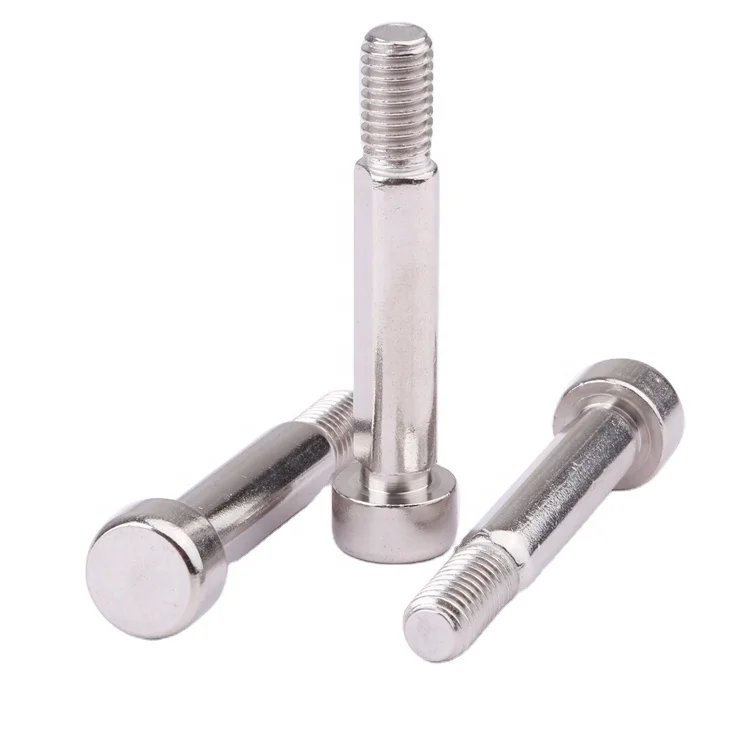How to Properly Tighten a Fastener

Ever been riding and next thing you know a screw or bolt comes loose? Or if you ever looked at your parent fixing something and was bearing noticed that the screws looked it was not screwed well. This can be very dangerous This explains why you need to learn how To properly cinch down all of your fasteners. But why is this crucial and how to go about it safely?
The Importance of Tightening Fasteners
Fasteners are those little yet very crucial things that can include screws, bolts, nuts, and washers. The different elements are useful for holding its parts together. You see them on a lot of things, on your bike, your car and the furniture in your house even the playground equipment that you like to play around. If it is still too loose, the various fasteners that secure this unit together will be loose. It may cause things to break or collapse such moving parts can be very dangerous specially if you are riding your bike or playing on equipment. Think of riding a bike with the wheel loose – could easily end in disaster Therefore, it is critical to inspect everything closely and make certain it is as tight and secure as possible.
Fasteners Tightening Tools
Some special tools have been needed to fasten them properly. Screwdriver Wrench Five basic tools are essential to every motorcyclists toolbox. If you need to make some fasteners tighter, these are the tools that we use to remove them. You must always ensure that the tool is fitting well over the fastener. However, using too large or too small a tool might lead to the fastener head being damaged. A socket wrench is fine for bolts and nuts. Most screws will work well with a Phillips screwdriver.
Use the right hand threaded turning tool and pay attention to its rotation direction. If you turn it to the right (clockwise) it will tighten the fastener. And if you turn it to the left (counterclockwise) then it will loosen up a fastener. Ensure that the threads are good before screwing such into your vehicle; we noticed that the fitment on a few of these fasteners were more than tight than others. So take a second to check before you twist
Finding the Right Tightness
Here, good balance is key when you are fastening a bolt. You want to be able to screw it tight but not too tight that you potentially crack it. If you over-tighten it, you can damage the unit and make it difficult to remove in the future should there be a need. Otherwise, if it is rarely secure, the pieces can begin to flare and ultimately become unsafe.
To find the right tightening, keep turning until snug without forcing. On something a little larger, a car maybe, one of the handiest tools is the torque wrench. This Medical treatment is one of tools to help you avoid over-tightening or under-tightening. You are looking for a kind of helper, something that lets you know how to get it right
Common Mistakes to Avoid
Tightening Down Bolts is also an area where mistakes can be made. The Door and window hardware Number One you are using the wrong size tool. It can injure it and make use hard if the tool is not a perfect fit. Mistake two; too much strength when tightening. This could result in stripping the fastener, so then it no longer would tighten things down right.
You should also be careful to align the threads on the fasteners and the threads in the part that it is fastening. The fasteners can be hard to get off later if they are not lined up. Make sure to always check everything lines up before going in and tightening stuff down.
Keeping Fasteners Tight
Loose nuts and bolts can create havoc, especially when there is lot of vibration in the environment: When you tighten down a fastener it would be good to go back once in a while and check that hardware to see if it's still tight. Particularly screws on things that move around a lot (like bikes or cars). If you are checking it out on regular basis, then definitely minor issues can be fixed up before they transition any bigger one. You should also inspect to make sure that the fasteners have not been either broken or corroded, which can weaken them such that they will likely fail when you end up needing them.
Always use the proper fastener for what you are building. Certain materials are best suited to particular types of fastener. Take screwing a wooden part to cupola you can break the first metal screw, or trying to pull a wheel with one bolt.
Use these tips to know how tight vs tighten can keep people safe and learning fasteners properly. If you ever Communication have a question about how to fasten a fastener or are not sure, ask an adult. They can instruct you and keep an eye on the way in
don't forget to check out our brand DG Guyi for many tools help with tightening fasteners. DG Guyi has everything you need to get the job done, from socket wrenches to screw drivers. Keep safe and happy rectifying.
Comments
Post a Comment